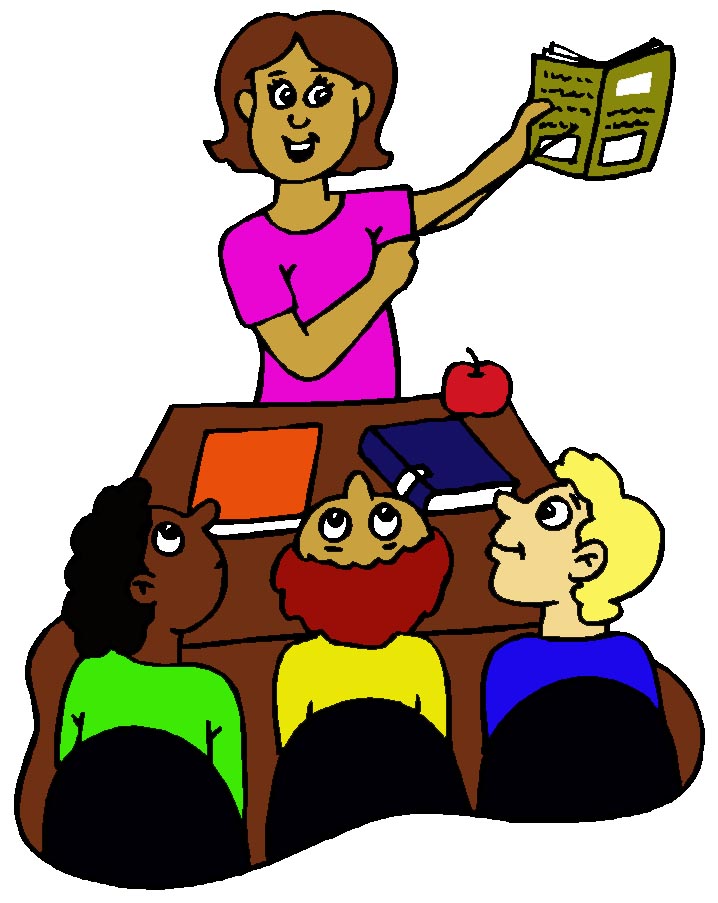“When we invest time up front to build the vision [of what students are to be learning], we gain it back later in increased student motivation and the resulting higher‐quality work.” (Chappuis, 2009)

Creating a learning goal that aligns with the curriculum objectives of your grade and co-constructing a success criteria with your students that will portray the necessary steps to achieve the learning goal are crucial in creating strong independent learners. Although it may seem like an arduous task to create a learning goal for every new lesson or unit and a success criteria to meet that goal, it is definitely worth the effort when it results in higher engagement, enthusiasm, and better work habits. For this reason, I have chosen the quote above to link my learning to. From the past three modules, I have learned that there are many crucial measures that are necessary in order to achieve a clear and concise vision for all learners.
Understanding the three types of assessment (For, As, Of) and differentiating between them as well as realizing how interconnected they are is key. Dr. Lorna Earl mentioned in her video that we are now in an environment where High Quality Education for all is the main purpose. Dr Lorna Earl emphasised on the importance of Assessment As Learning above the other types because she believes it is the means for self-monitoring, thinkers. Further, she adds that doing more assessment is not enough, it’s about doing the right kinds. This statement really stuck with me because if we educators don’t put forth our best efforts to create high quality assessments then we cannot expect high quality work from our learners!
When creating assessments for our students, we need to know who they are and how best to assess them according to their needs. This is especially imperative for special needs and ELL students. As stated in the Growing Success Document, before instruction begins, we educators must delve into the student’s history and create a diagnostic assessment based on report cards, IEP’s, previous teachers, parents, and other professionals that have worked with the student. These assessments will help us make vital accommodations or modifications in our classroom and teaching practice. Furthermore, assessing students interests and funds of knowledge, and behavioural patterns using classroom observations and pretests, are also critical and ultimately leads to more effective goal planning and lesson planning. Above I have mentioned the Diagnostic Assessment portion of Assessment for Learning but equally as important is the Formative Assessment portion. Formative Assessment occurs frequently and on going during the year, to “monitor progress, provide feedback and differentiate instruction and assessment” (Learning for All, pg. 29). This type of assessment allows teachers to adjust their instruction and for students to modify their learning strategies and setting different goals while still learning the required content.

Just like we need to teach with a purpose, students need a purpose for learning. If there is a reason, a meaning for learning, the connections that students make and the level of retention of that information grows. If we don’t share the purpose for why they need to learn the skills and concepts we are teaching, then their own reasoning, motivation and interest drop. This is when learning goals and success criteria come in to play.
It is important to explicitly tell the students WHAT they will be learning (Where am I Going?) and HOW they will be successful in mastering that skill (How am I Going?). These combined not only help ensure success in each student’s learning, they help students to take ownership over their learning.

Learning Goals tells students exactly what skills and concepts they will be learning in each and every lesson. By providing your students with learning goals, you are giving them the first step in knowing their purpose for the many activities you will be completing during the lesson. It gives them a chance to process what they will be learning before the learning even begins. Students can start to take ownership over their learning when they:
- Put the learning goal in their own words
- Self-assess where they are in relation to meeting the goal
- Come up with next steps that they could take to meet the goal (if they are not already meeting it)
Success criteria summarize the key steps or ingredients the student needs in order to fulfill the learning goal – the main things to do, include or focus on. They can help your students take ownership over their learning as they can:
- Use it as a reference when they are working independently if they get stuck
- Come up with the success criteria themselves
- Track their progress in using the success criteria to meet their learning targets
Watching the 3 segments on success criteria on the edugains website has helped me realize the significance of co-constructing the success criteria with my students. This is definitely on my priority list when it comes to updating my current assessment practice. I will be using the 4 step model: Brainstorm, organize, write down, and revise, edit and refine. First, I will write our learning goal on the board or on chart paper. Next, I will use a different chart paper with the heading success criteria. Then, I will hand out the assignment, and ask students what are some things we can look for that will show that we did the assignment successfully. Alternatively, I may give them a well done piece versus a poorly done piece and ask what made things helped make it successful. Together, we will brainstorm the criteria, and I will organize it and make it more concise. Next, I will rewrite it on a chart paper and we can take a look at it again to see if we want to change anything or add anything to it.

Moreover, I will make sure to provide more consistent and timely feedback. Although I do provide feedback for my students, I intend to make a weekly schedule where I meet students in groups or one-to-one to discuss their progress, or provide feedback for specific assignments. This way I listen actively to their responses and concerns and give them my full attention. At the same time, students can truly benefit from our conversations and feedback. Creating a feedback log to keep track of my feedback and student responses is also a new tool I would like to implement in my future practice. Sometimes you lose track of which students responded to your feedback and which didn’t, therefore, having a feedback log can really save time and keep things more organized for myself and my students.

